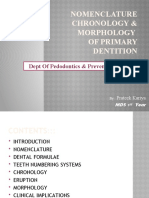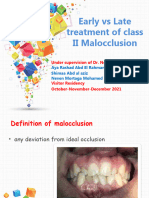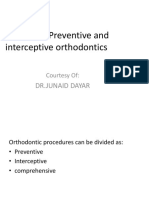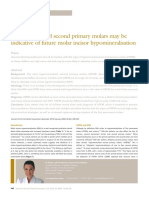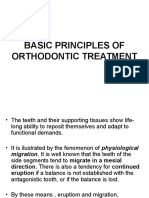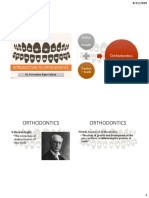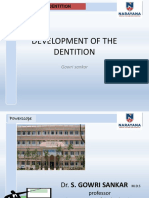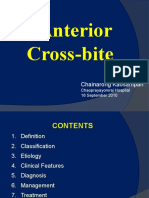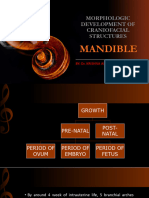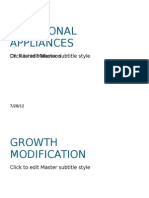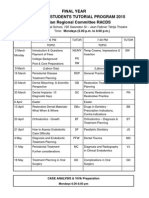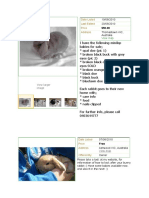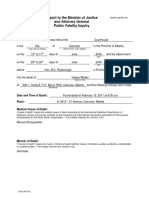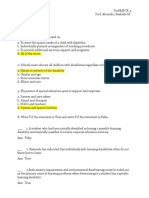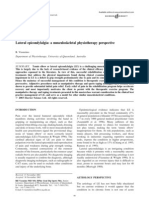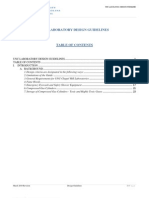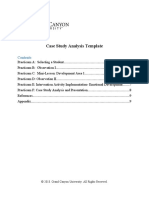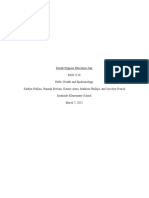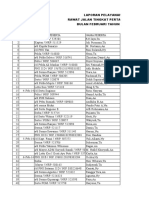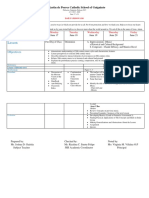100% found this document useful (2 votes)
2K views79 pagesDevelopment of Occlusion Lecture
This document provides an overview of the development of occlusion from birth through the mixed and permanent dentition stages. It discusses key terminology, the characteristics and occlusal relationships of the primary dentition, as well as changes that occur with the eruption of the first permanent molars and transition to the mixed dentition. As permanent teeth erupt, there is a disparity between their size and the primary teeth they replace known as incisor liability, which the alveolar processes accommodate through growth. Maintaining proper spacing and sequencing of eruption helps guide the permanent dentition into a Class I occlusion.
Uploaded by
p0yaCopyright
© Attribution Non-Commercial (BY-NC)
We take content rights seriously. If you suspect this is your content, claim it here.
Available Formats
Download as PDF, TXT or read online on Scribd
100% found this document useful (2 votes)
2K views79 pagesDevelopment of Occlusion Lecture
This document provides an overview of the development of occlusion from birth through the mixed and permanent dentition stages. It discusses key terminology, the characteristics and occlusal relationships of the primary dentition, as well as changes that occur with the eruption of the first permanent molars and transition to the mixed dentition. As permanent teeth erupt, there is a disparity between their size and the primary teeth they replace known as incisor liability, which the alveolar processes accommodate through growth. Maintaining proper spacing and sequencing of eruption helps guide the permanent dentition into a Class I occlusion.
Uploaded by
p0yaCopyright
© Attribution Non-Commercial (BY-NC)
We take content rights seriously. If you suspect this is your content, claim it here.
Available Formats
Download as PDF, TXT or read online on Scribd
/ 79













